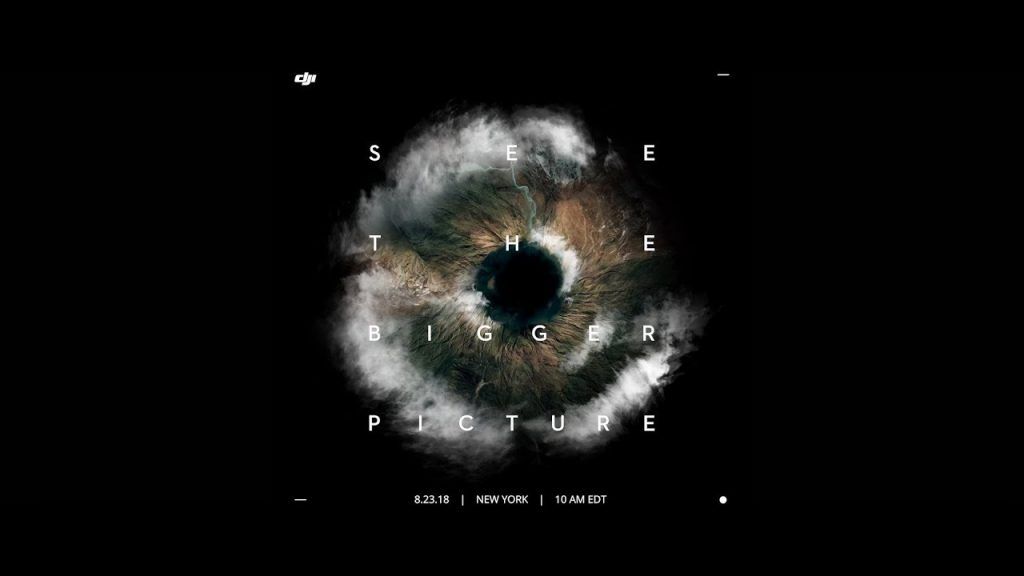

MGM Camera 65 added a 1.33:1 lens to the original Todd-AO 65mm format and was in use from the late 50s. The idea of anamorphics in compression ratios other than 2:1 is not new. Sirui's 1.33 options are fast, affordable and have reasonably high performance, though in return they require shallow mounts. The 1.78:1 aspect ratio of a 16:9 sensor built for HD television multiplied by 1.33 gives us a 2.37:1 image. These days, we can get around the problem with cropped modes on large format cameras, but it’s also led to a lot of 1.33:1 lenses. We probably shouldn’t consider that sort of setup as really leveraging everything the lens has to offer.

Little else could, and while many sensors had enough resolution to extract a useful picture from a 2:1 lens, the result might have been using a very small sensor area and thus a lot of magnification of a picture that wasn’t staggeringly sharp to begin with. The 4:3 Alexa could see the whole vertical area of the image.

Our purpose today, then, is to look not only at what’s available, but what it’s designed to do for us.Īnamorphics built for the digital age often use less compression than the classics, mainly because, until the advent of large format cameras, there was exactly one sensor available to cinematographers which could properly accommodate a 2:1 anamorphic built for 35mm formats. Manufacturing techniques have changed and the amount of compression called for, in order to fit a roughly 2.39:1 image onto common cameras, isn’t the same now as it was in the 50s. Neither, for that matter, are the more expensive mid-market options, much less the top end, which can rival spherical lenses of yore in terms of cleanliness and sharpness, at least if they want to. The issue is that a lot of these affordable modern anamorphics are actually not much like the anamorphics of old. The classic version had reached stratospheric peaks of costliness on everyone’s favourite internet auction site, presumably prompting someone to blow dust off the drawings. Is there any low-cost lens manufacturer that doesn’t offer an anamorphic option yet? Sirui, Laowa and Xeen have all joined party in the last few years, and even Schneider-Kreuznach, usually a purveyor of lenses in the reasonably-expensive part of the market, is about to get back into the game with what’s effectively a modernised reissue of the Iscorama 54 anamorphic front element and an accompanying set of spherical primes. Here's why modern anamorphic lenses don't need to suffer the same limitations. Anamorphic lenses used to be big, heavy, and softer than their spherical counterparts.


 0 kommentar(er)
0 kommentar(er)
